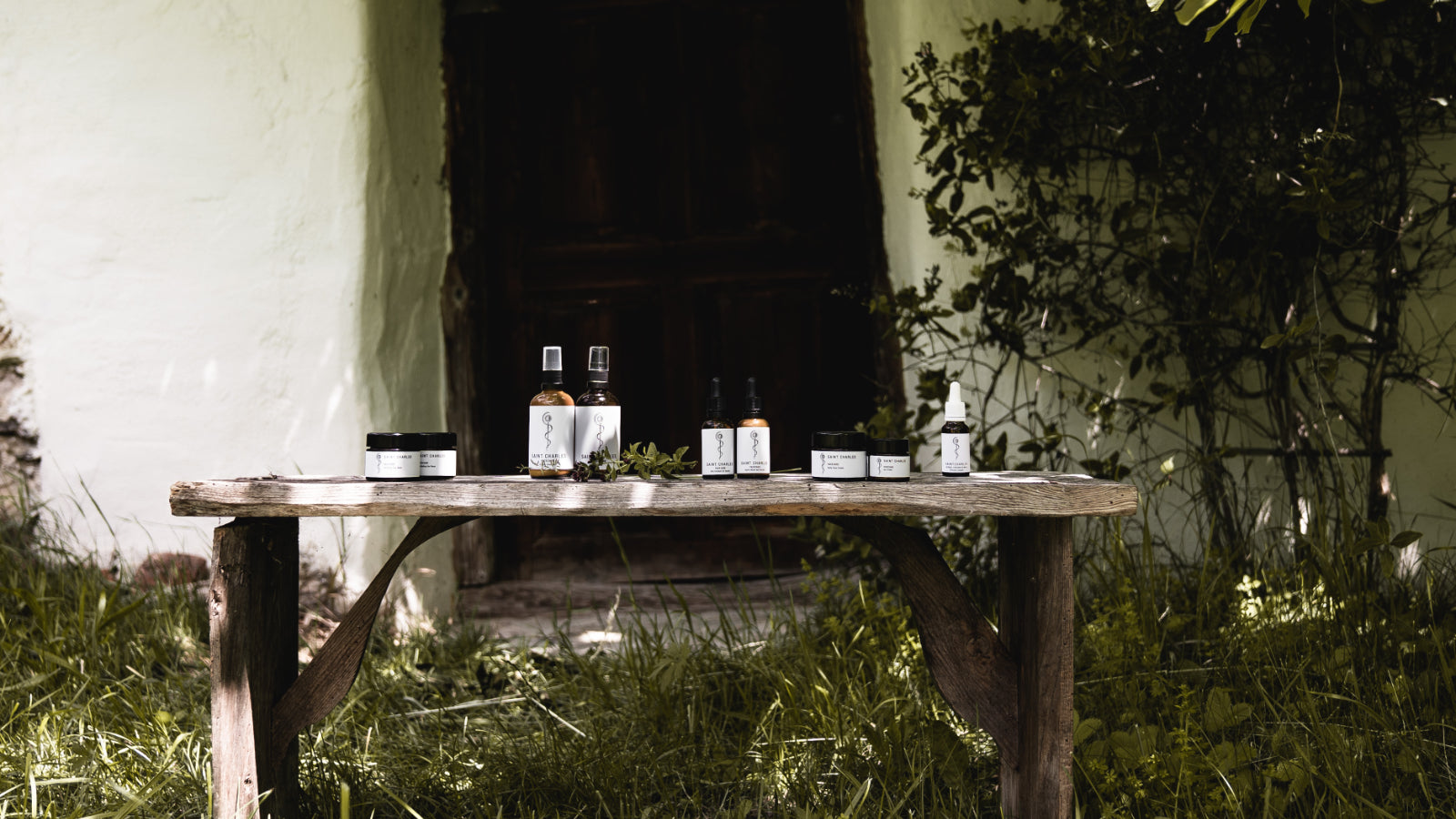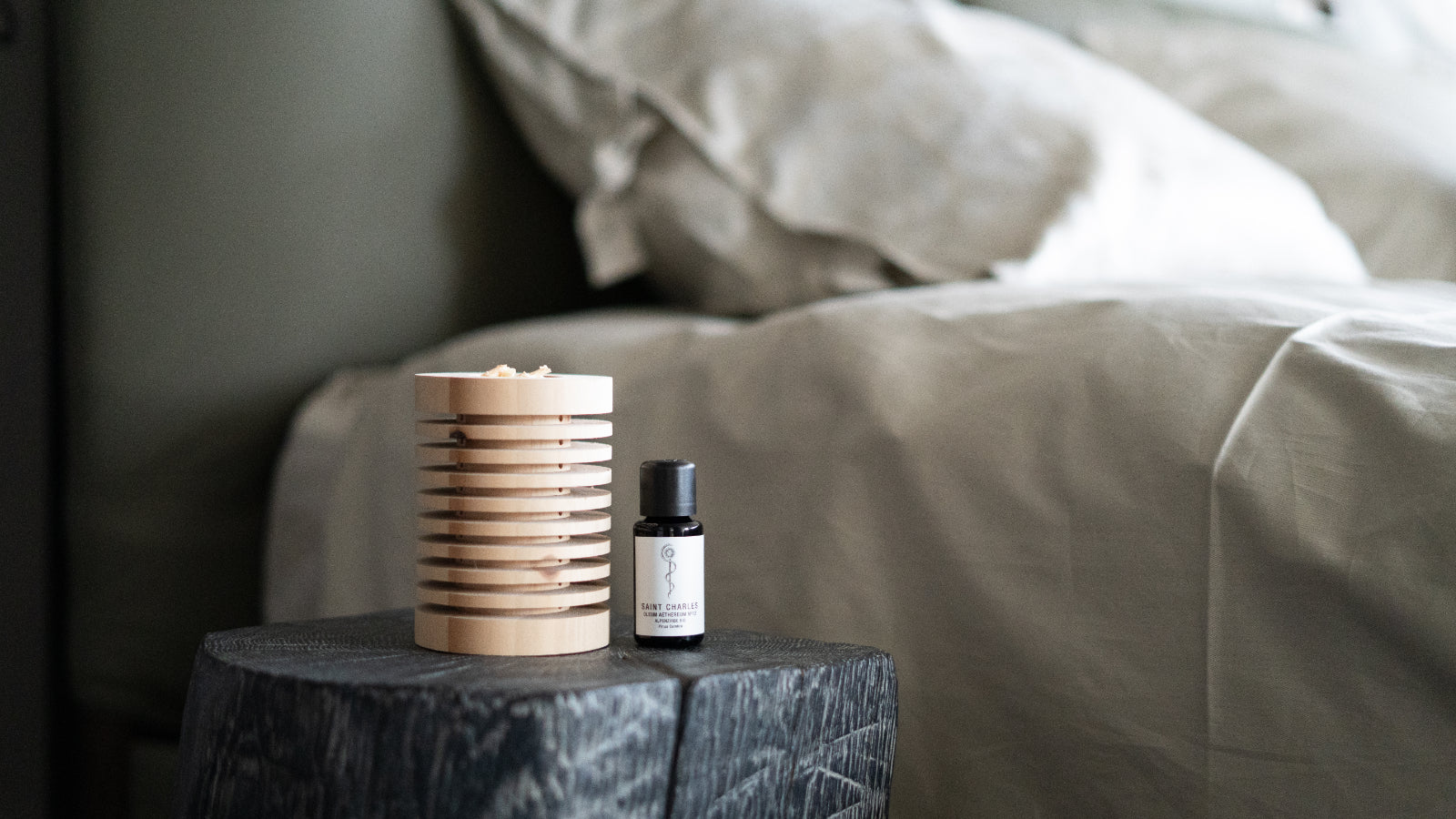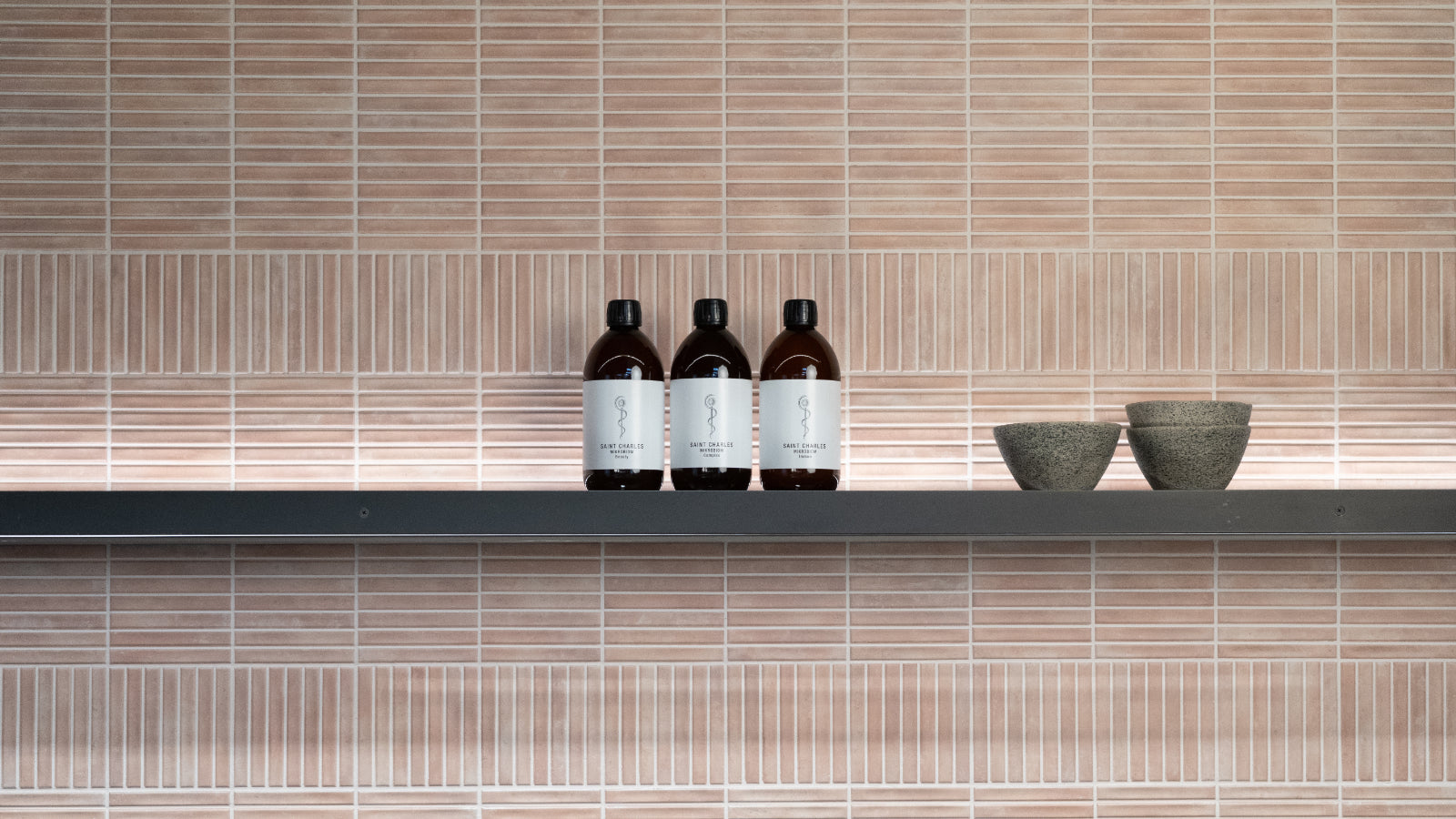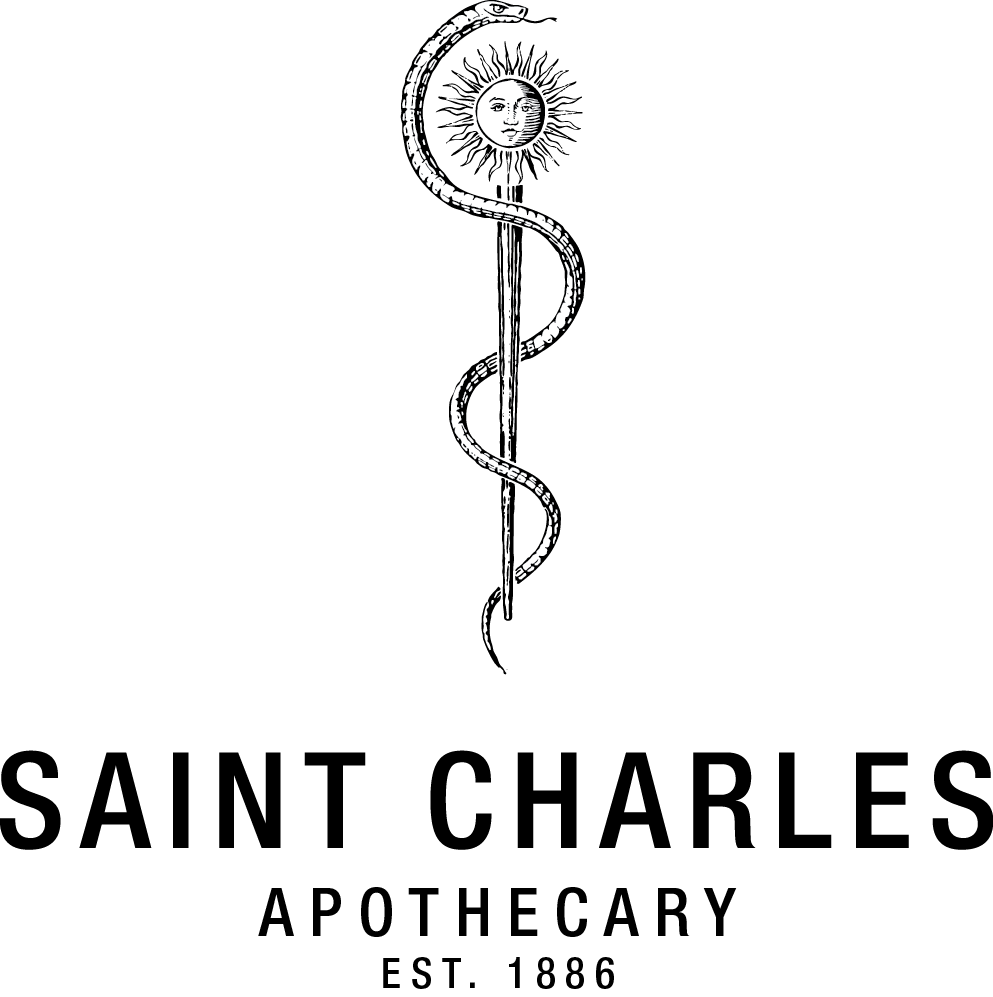Plants have always played an important role in traditional European medicine. The flax plant stands out in particular, as it is one of the oldest cultivated plants in human history. Flax was used very early on. Be it as headgear about 5500 years ago, as material for canvas sails for the conquest of the Mediterranean by the Romans and Greeks, or for the production of linen fabric for fine clothes. Linseed and oils pressed from linseed were also used very early for external application on the skin, but also for internal use as part of folk medicine. Already Paracelsus (1494-1541) knew about the naturally healing effect of linseed and linseed oil and used it in the healing art of that time. And Hildegard von Bingen also used the valuable polyunsaturated fatty acids, such as the omega-3 fatty acid alpha-linolenic acid, as well as the anti-inflammatory and antibacterial properties of this oil.
In the course of the industrial revolution, linseed oil largely disappeared from the scene. Only recently have vegetable oils and especially linseed oil experienced a real renaissance. Factory farming, overfishing of the oceans, antibiotic aquacultures and an increasingly vegan lifestyle have caused an omega-3 deficiency in our diet in recent years - and not without health consequences. Due to its high content of omega-3 fatty acids, linseed oil can make a particularly valuable contribution here. Linseed oil is not only of plant origin, but also grows regionally and provides additional valuable micronutrients while also having an antioxidant effect.
But not all linseed oil is the same. The valuable but sensitive complex fatty acids require particularly careful handling. And this already begins with cultivation.
Fresh linseed oil directly from the organic farmer
Karl Hogl, an organic farmer from the Weinviertel, knows this above all. He starts fighting weeds shortly after sowing in April - without sprays, of course. To do this, the soil between the plants is gently dug up and the so-called weeds are removed as early as possible. What later asserts itself nevertheless bears names like thistle or goosefoot and testifies to living biodiversity in the field. We were able to see this for ourselves on the Mannhartsberg plateau in Lower Austria, close to the border with the Waldviertel, directly in the field. There, where not only the weeds are bursting with vigour, but also the boundaries of the field flow smoothly into the wild meadow.
But that's not the only thing that makes organic and regional, it's also the small organic fields that Karl Hogl farms. Besides flax, he also cultivates pumpkin or spelt in organic quality on his fields, for example. Of course, flax seeds from organic farming are used for the seeds and, Karl Hogl tells us, uncounting is not a big issue. That would be more of a problem for the mass industry and with large areas under cultivation.
Once the plant grows up, beautiful blue mini flowers see life. The flax field becomes a beautiful blue sea at this time. The pollination of the blossoms is then done on the one hand by bees and bumblebees - on the other hand by the wind. When the small blue flowers have faded, a round bud basket remains. This seed basket then has 4, sometimes 7 seeds. That's how it is when you let nature take its course.
Ready for harvest
When is the flax ripe? Karl Hogl doesn't use computer programmes or machines to decide that. He visits the fields himself regularly and simply tastes the linseed. The right hardness of the seeds is decisive for him. If his experience tells him that the time is right for harvesting, then he threshes. This is not so easy with flax because of its low growth height. This is also a reason why there are not many local organic flax farmers. In the process, the linseed is also removed from the capsule. After that, the linseeds are only dried, cleaned and stored. Until Georg Gilli from the oil mill, only 5 kilometres away, starts his oil press and presses our Saint Charles fresh linseed oil particularly gently. But that will be another story.
Directly at the Leinfeld, Karl Hogl also told us his personal health tip: He takes a tablespoon of linseed oil with turmeric and black pepper every day. We are already looking forward to our next visit to the beautiful Weinviertel!







